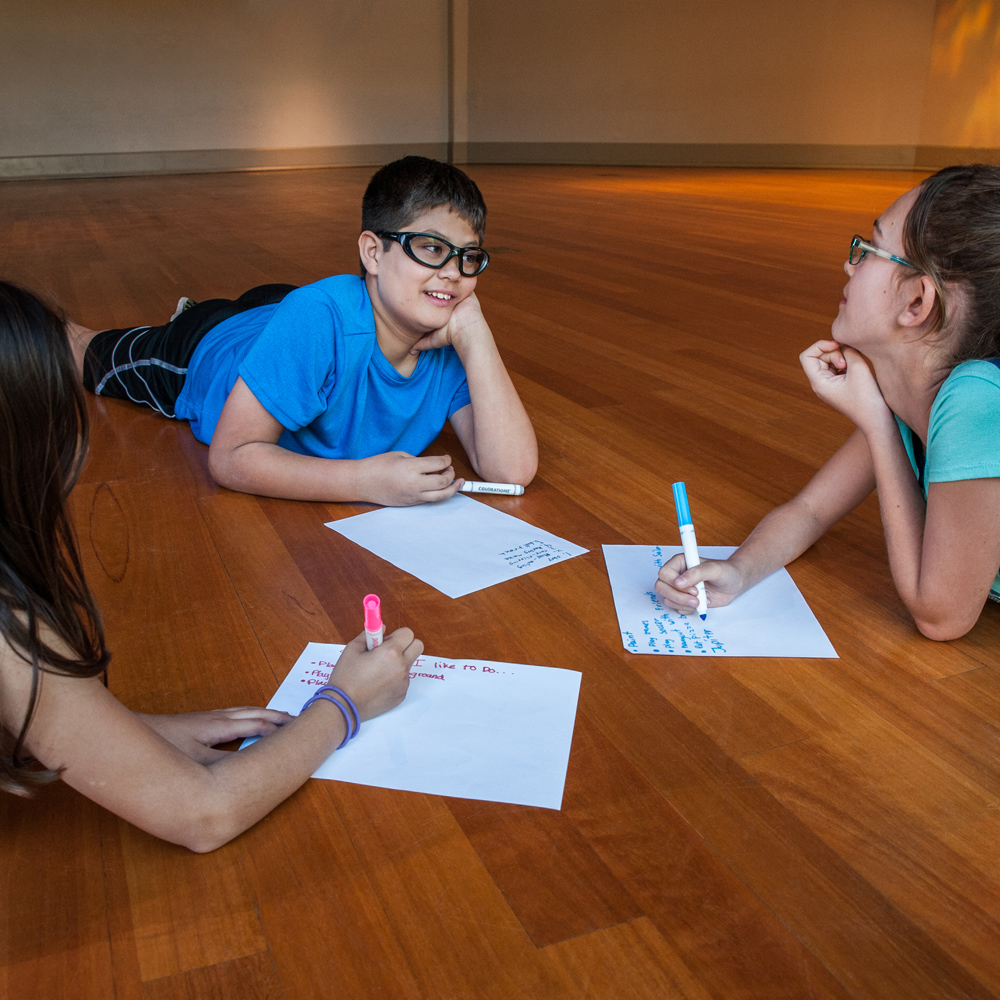Come up with new ways to do common everyday activities! Sometimes we lose track of how routine our activities can become, and making an effort to do such things differently can make us more aware of what we take for granted.
Materials Required
- Paper
- Something to write with
Instructions
1. As a group, make a list of ordinary activities that people do every day. Here are some suggestions:
- Put on a coat
- Walk across a room
- Brush your teeth
- Go to school
- Greet people on the phone
- Sleep
- Sneeze
- Hop
- Say “I love you”
- Tell a story
- Eat Chinese food
- Capture a butterfly
2. Taking turns, have each person select an activity from the list.
3. Describe or act out at least five different ways to accomplish what the activity is meant to do. You can ask, "What are at least five ways to [insert your activity]."
4. Take turns until each person has gone.
Additional Tips
Try these add-on activities:
- Make a list of things based on a theme, such as things you do at school or things to do at the pool.
- Vote on which new ideas were the most original and useful.
- Draw a new invention or sketch an idea for a new business that puts into use an original and useful idea.


